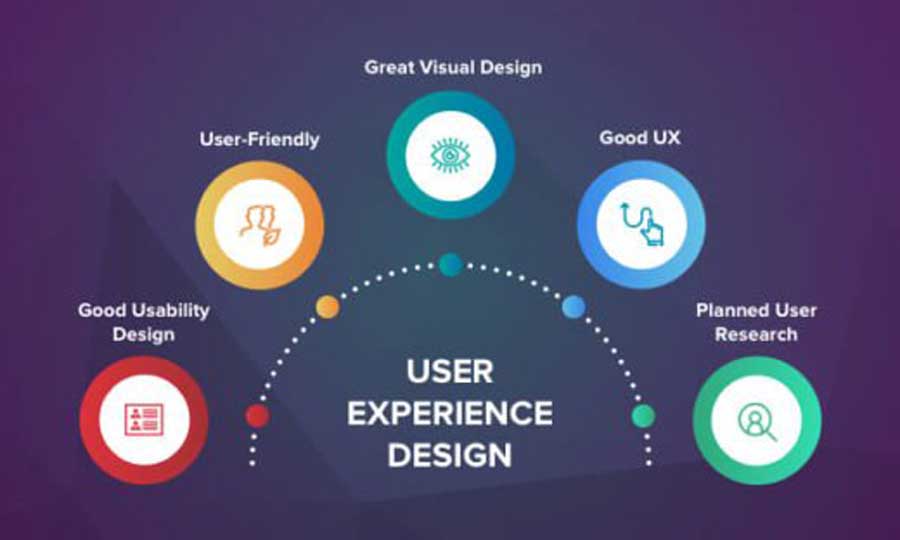In an increasingly digitized world, the use of designs has a vital role in the growth of business sectors. A designer becomes an artist who transforms abstract ideas into reality which then has the potential to capture the attention of the audience.
User experience is critical in enhancing an organization’s presence in the highly competitive digital world. User Experience and Interactive Design courses are in high demand as they equip students with the necessary skills to face the challenges in the developing business field.
Have you ever wondered about the work that goes into creating beautiful designs? Well, here’s the answer to it.
Five Elements of User Experience
User experience involves developing ideas and designing user interface models according to the needs of different digital platforms. The exponential growth of data usage has ensured that attractive user interfaces are part of every data-driven system and application including electronic devices. However, the beautiful story of developing a design involves five main elements namely: strategy, scope, structure, skeleton and surface. Let’s take a look at them in detail.
- Strategy
If building a user interface is a layering process, strategy is the first layer and foundation of the process. This phase involves collecting abstract ideas through different methods such as analyzing user patterns, business strategies or even holding general surveys to understand the behavioral patterns of individuals and align them with the goals of the organization. Users are the primary concern at this point of planning.
- Scope
After understanding the needs of the user, the designers move on to define the characteristics or features of the product. The functional and content requirements are then sorted out to benefit the end-user of the product.
- Structure
In this phase, the basic structure of the design is sorted out in terms of how it should be organized to benefit and attract the user. It involves two steps which are interaction design and information architecture. Interaction design analyzes the system’s behavior when the user interacts with it and information architecture devises plans to present the content in an appealing way.
- Skeleton
The visual form of the design comes to life in the fourth phase of designing. The movement of the product is given notice here to ensure that the final step has no errors in it. For example, in this phase, the designer ensures that the flow of content is smooth from one screen to the other to correct any disturbances in between.
- Surface
Surface is the final element of the user experience and adds value to the product. This layer is the combination of all the layers mentioned above. Here, the designer decides on the final visual appeal of the product. This layer brings together everything that the user will interact with and is the culmination of all the hard work that led to the product.
The culmination of these five elements brings out a final design that affects the overall performance of the business or organization. Hence, developing an aesthetic user interface is a crucial aspect that promotes growth in the competitive market.

